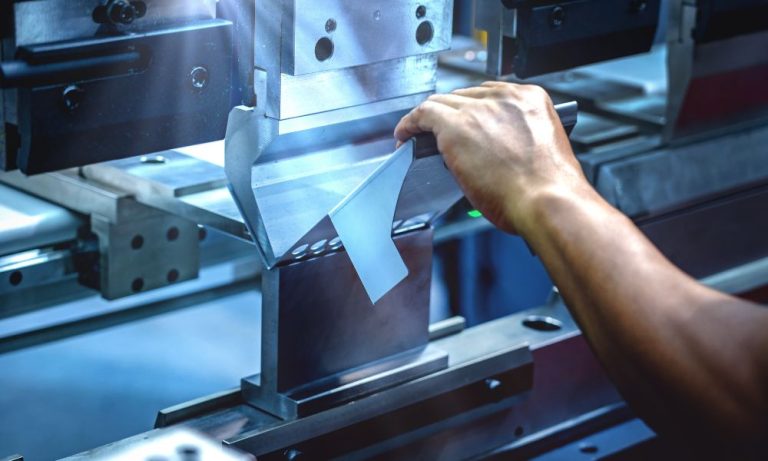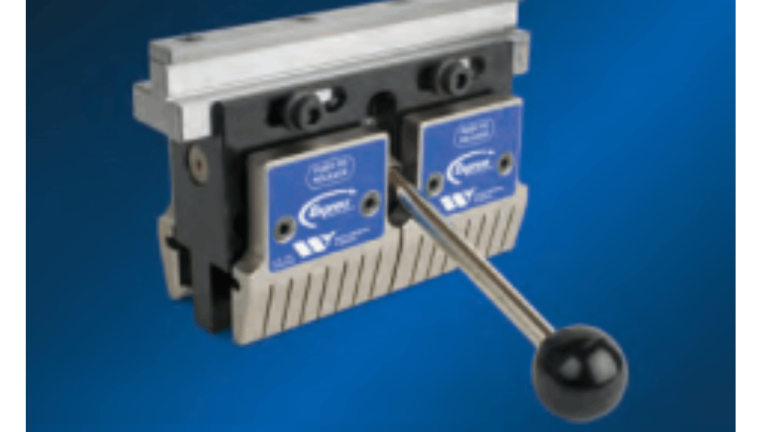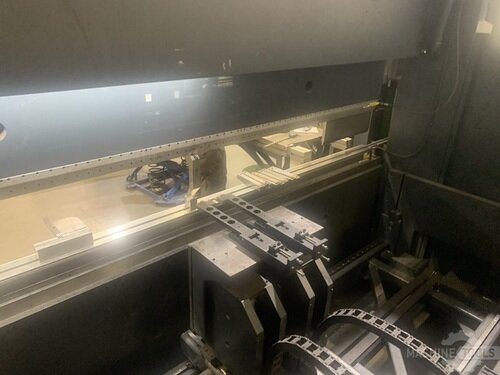I’ve spent years fine-tuning press brake, laser, and tooling solutions for customers across varied industries, and I can say with confidence that efficiency and precision start with picking the right approach for your operation. As Regional Sales Executive at Mac-Tech, I’ve seen firsthand how strategic tooling choices—whether hard or soft—can dramatically alter workflows, productivity, and ROI. The key lies in balancing flexibility with the necessary repeatability and speed to stay competitive. That’s why I’m passionate about sharing insights that help companies grasp the nuances of hard vs. soft tooling, so they can invest in equipment and strategies that drive long-term growth.
Understanding Hard vs. Soft Tooling: Key Factors for Press Brake and Laser Efficiency
Gain clarity on the defining characteristics, operational trade-offs, and practical applications of each tooling approach to maximize accuracy, speed, and productivity in your metal fabrication processes.
Hard tooling, sometimes referred to as specialized tooling, is designed to handle specific parts or production runs. It provides a high level of repeatability and precision, and when paired with press brakes optimized for rigid accuracy, it can be a game-changer for large-volume orders. However, in referencing “Hard vs. Soft Tooling: Which is Best for Your Press Brake Applications?”, it’s clear that hard tooling can limit your ability to pivot quickly to new designs or accommodate unexpected changes in part configurations.
Soft tooling, on the other hand, is often seen as a universal or modular approach. This strategy allows you to adjust rapidly without having to invest in new sets of tooling for each part or bend. While the initial cost savings and flexibility seem advantageous, you must also consider factors like load capacity, tooling longevity, and potential trade-offs in bend accuracy. Ultimately, the choice boils down to evaluating your production volume, design variety, and the precision standards you need to maintain a competitive edge.
Choosing between hard and soft tooling requires weighing both immediate and long-term impacts on your manufacturing goals. I often encourage customers to analyze the types of parts they produce most frequently and the potential for design variation. Once you understand where you need more throughput, adaptability, or a mix of both, it becomes far simpler to choose the best fishtail approach for press brake and laser setups. Collaborating with a knowledgeable partner can mean the difference between simply buying tooling and investing in sustainable growth.
Evaluating the ROI of Investing in Tube Laser Technology
Mac-Tech Helps Revive US Manufacturing with Top-Value Press Brakes
Consulting with Mac-Tech: Optimizing Production Flexibility and Tooling Success
Discover how John Perry’s expert guidance, combined with Mac-Tech’s comprehensive equipment and support, empowers manufacturers to adapt quickly, minimize downtime, and achieve long-term profitability.
When you consult with my team at Mac-Tech, you’re getting more than just an equipment supplier. We pride ourselves on offering a 360-degree analysis of your production processes. From identifying the correct press brake capacity to optimizing tooling configurations, our focus is on achieving your operational goals with maximum return on investment. We combine my firsthand experience in press brakes and lasers with the extensive knowledge base of our entire team to help you tackle challenges such as run-time efficiency, part accuracy, and operator training.
We also guide manufacturers on the incremental steps needed to integrate flexible tooling solutions. For instance, we may recommend upgrading your current press brake tooling library or suggesting laser technology enhancements that can further amplify your production capabilities. My objective is always to provide guidance that not only solves an immediate problem but also sets the stage for future innovation. Whether you lean toward universal solutions or a dedicated system, I’ll help you see the impact on precision, cycle times, and profitability.
Above all, our customer-first model ensures you get tailored recommendations instead of one-size-fits-all advice. After we diagnose your production landscape, we build a custom plan that might include new press brake tooling, retrofits, software integrations, or training sessions. By prioritizing your unique needs, we empower you to adapt quickly to market shifts, ensuring that your metal fabrication processes remain efficient, competitive, and resilient.
FAQ
Q: How often should I inspect and maintain my press brake tooling?
Ideally, perform a visual check after each shift and schedule a thorough inspection monthly to catch wear before it affects bending accuracy.
Q: Which tooling approach is best for high-volume production runs?
Hard tooling typically delivers the repeatability and speed needed for large-lot manufacturing.
Q: Can universal tooling handle tight tolerances as effectively as specialized tooling?
It depends on the tooling quality and your press brake’s accuracy. In many cases, high-end universal tooling achieves near-specialized tolerances.
Q: How can I improve machine performance without a full equipment overhaul?
Small adjustments—like new clamps, updated tooling, or software upgrades—can significantly boost productivity.
Q: What role does laser technology play in enhancing productivity?
Laser systems can speed up cutting operations, reduce setup times, and integrate seamlessly with modern press brake processes.
When you invest in the right press brake, laser, or tooling solution, the benefits ripple across your entire manufacturing chain—from faster setup times to higher accuracy and throughput. I’ve witnessed how these improvements reshape efficiency and profitability, especially when guided by an experienced partner. Feel free to reach out to me directly at jperry@mac-tech.com. I’m here to help you navigate your press brake, laser, and tooling decisions, ensuring they align perfectly with your production goals.
Get Weekly Mac-Tech News & Updates








